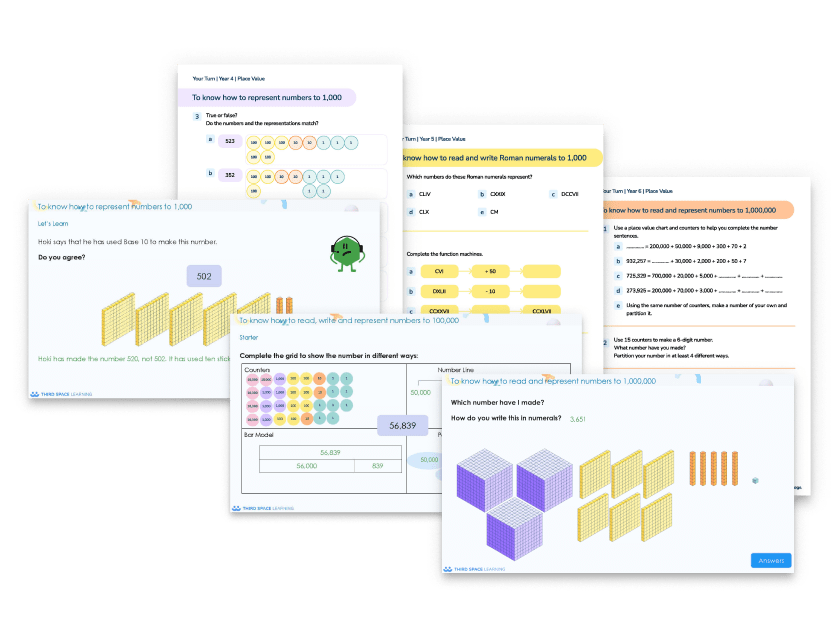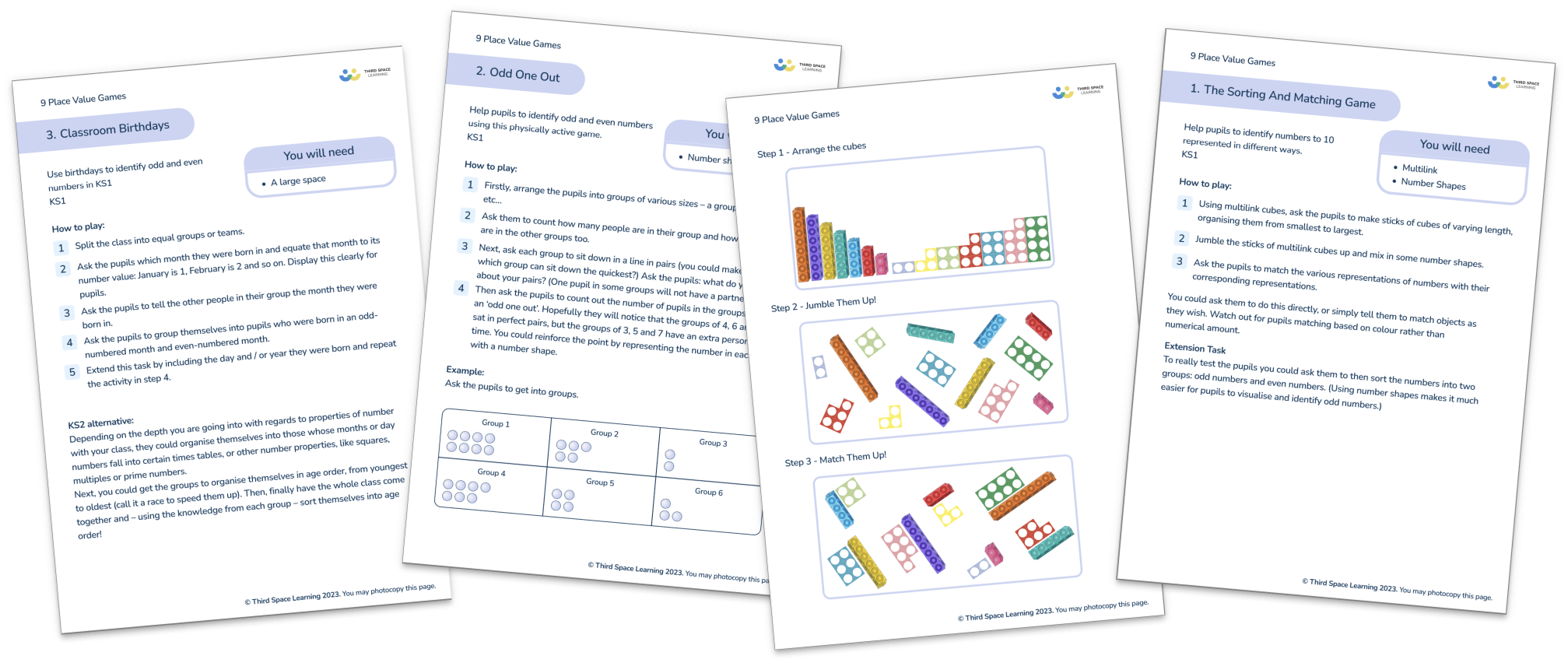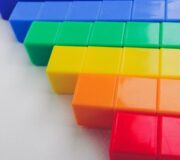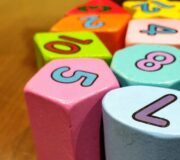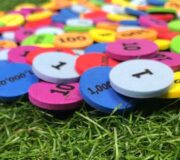10 Free Place Value Games For KS1 & KS2 To Make Your Lessons Fun And Effective
At the start of the new academic year, many of us are on the lookout for effective place value games for those first KS1 and KS2 maths lessons.
But these sorts of place value activities are no good unless they actually work to move pupils’ knowledge forward. After all, place value is the foundation stone of the rest of the KS1 and KS2 maths curriculum.
So, Third Space Learning is here to help.
Here are 10 of our favourite place value games (KS1 & KS2), whether your pupils are at the early stage of understanding place value in Year 1 or moving on to positive and negative numbers in Year 6. We even cover Roman numerals!
What you’ll find in this guide:
- Quick-prep games using everyday classroom materials
- Interactive activities for Years 1-6 with clear difficulty indicators
- Extension ideas for different ability levels
- Free printable resources to save you time
- No screens or digital devices required
They make use of many different manipulatives and ideas to give variety, beyond just using place value counters, arrow cards or base ten blocks. They’re all extremely simple to explain and manage in class, and most can be adapted for your year group.
We also have a collection of free place value worksheets for you to use with your class – not every lesson can be a game after all!
Free Download - Place Value Games
This free PDF is packed with the place value games discussed in this blog and presented in and easy to read (and share) format! All of the games are in here, so all that is left for you to do is download and play!
Download Free Now!Place Value Game #1: Sorting and Matching (Year 1 to 2)
Difficulty: Beginner | Materials: Multi-link cubes, Numicon
This sorting and matching place value activity is perfect for KS1 pupils, particularly Year 1.
It’s always good to start off with maths manipulatives to introduce any unit of work – and this one is no different!
The first step is to dig the multi-link cubes out of the cupboard, and after this, ask the children to make sticks of cubes of varying length – from one cube up to ten cubes long. You can then ask the children to arrange the sticks from smallest to largest.

Next, ask the children to step back from the table. Jumble up the sticks and mix in some Numicon shapes (or bags with varying amounts of counters/dienes in them).

Now, it’s time for the children to match the various representations of numbers with its corresponding mathematical representation. You could ask them to do this, or simply tell them to match the various objects as they wish (they might match a stick of six green multi-link cubes with the Numicon shape for eight, because they’re both green).
Depending on how your pupils group the various objects will give you a good indication of any gaps in maths that may need to be filled.

Extension place value activity for sorting and matching
To really test the children you could ask them to then sort the numbers into two groups: odd numbers and even numbers. (Using numicon shapes makes it much easier for children to visualise and identify odd numbers.)

Meet Skye, the voice-based AI tutor making maths success possible for every student.
Built by teachers and maths experts, Skye uses the same pedagogy, curriculum and lesson structure as our traditional tutoring.
But, with more flexibility and a lower cost, schools can scale online maths tutoring to support every student who needs it.
Watch Skye in actionPlace Value Game #2: Odd One Out (Year 1 to 2)
Difficulty: Beginner | Materials: None needed
This KS1 place value game is great for Year 2 but should be played with some tact, especially with younger pupils!
Firstly, arrange the children into groups of various sizes – a group of four, a group of five, a group of seven, a group of eight…
Ask them to count how many people are in their group, and then count how many people are in the other groups too.
Next, ask each group to sit down in a line in pairs (you could make it a race – which group can sit down the quickest?). Ask the children: can you notice a problem for any of our groups’ lines?

Then ask the children to count out the number of children in the groups that have an ‘odd one out’. Hopefully they will notice that the groups of four, six and eight are sat in perfect pairs, but the groups of three, five and seven have an extra person each time. You could reinforce the point by representing the number in each group with a Numicon shape.
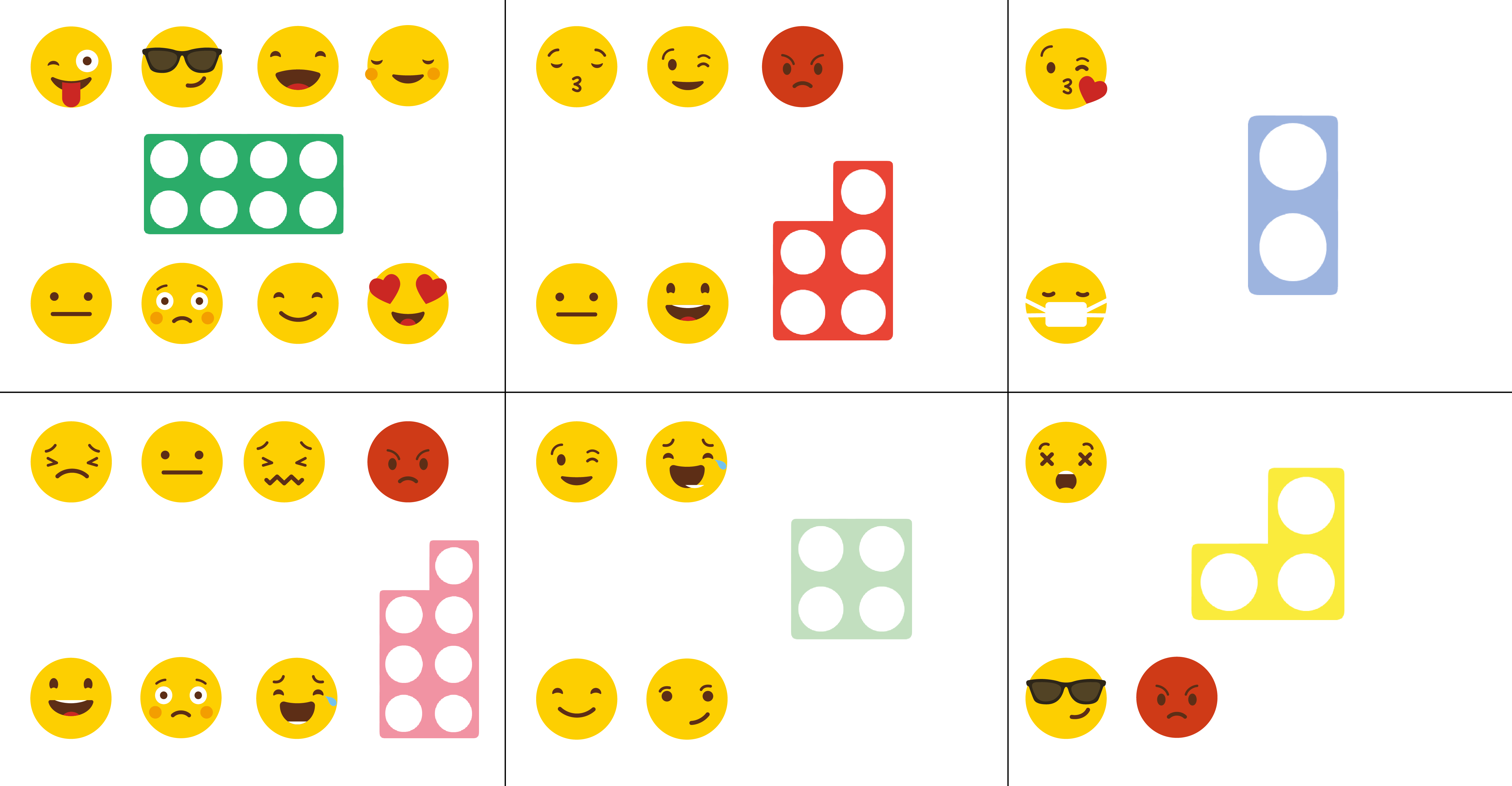
This is a simple yet effective Year 1/Year 2 place value game, giving pupils a chance to interact with their classmates whilst learning.
Looking for fun games and activities to boost pupils’ learning?
We’ve got several articles sharing teacher approved maths activities and fun maths games, including KS2 maths games, KS1 maths games and KS3 maths games for all maths topics and a set of 35 times tables games and multiplication games you’ll want to bookmark whichever year group you teach!
Place value game #3: Classroom birthdays (Years 1-6)
Difficulty: Adaptable | Materials: None needed
A number most, if not all, children manage to remember – birthdays are a great cue for ordering maths activities.

This activity begins by splitting the class into equal groups or teams.
Start by asking the children which month they were born in and equating that month to its number value: January is 1, February is 2 and so on.
Then ask the children to tell the other people in their group when they were born – they could even write out their date of birth in its numerical form. For example, 1/11/2015.
You could ask the children to group themselves into children who were born in an odd-numbered year and even-numbered year, odd-numbered months and even-numbered months, then on odd-numbered days and even-numbered days.
Depending on the depth you are going into with regards to properties of number with your class, they could organise themselves into those whose months or day numbers fall into certain times tables, or other number properties, like square, cube or prime numbers.
Next, you could get the groups to organise themselves in age order, from youngest to oldest (call it a race to speed them up). Then, finally have the whole class come together and – using the knowledge from each group – sort themselves into age order!
This is one place value game that will be relevant year after year and can be used across primary school in KS1 and KS2!
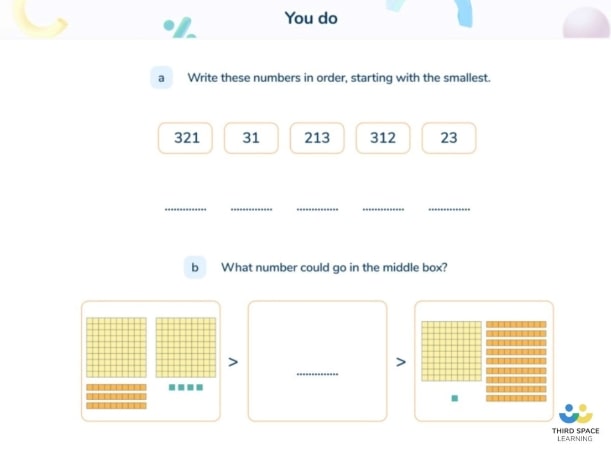
Place Value Game #4: The Ten-Sided Dice Rounding Game (Year 1 to 4)
Difficulty: Beginner to Intermediate | Materials: Ten-sided die
This sort of simple dice-based place value game is great for Year 1, and can be modified and extended for use with older KS1 and KS2 pupils.
If you don’t already have ten-sided dice it could be a smart purchase as they can be handy at different points throughout the year (especially for random number generation).
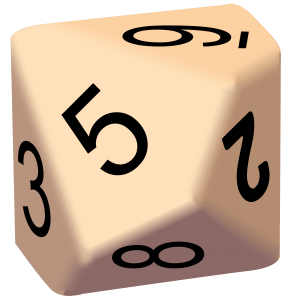
The first step in this place-value activity is to split the children into pairs or triplets.
If they’re in a pair, one child gets a point each time 1, 2, 3, 4 or 10 is rolled (as they’re the ‘rounding down’ person), the other child gets a point each time 5, 6, 7, 8 or 9 is rolled (they’ll be the ‘rounding up’ person).
If there are three children instead of two, the third can be the score-keeper or referee and then they can rotate the roles.
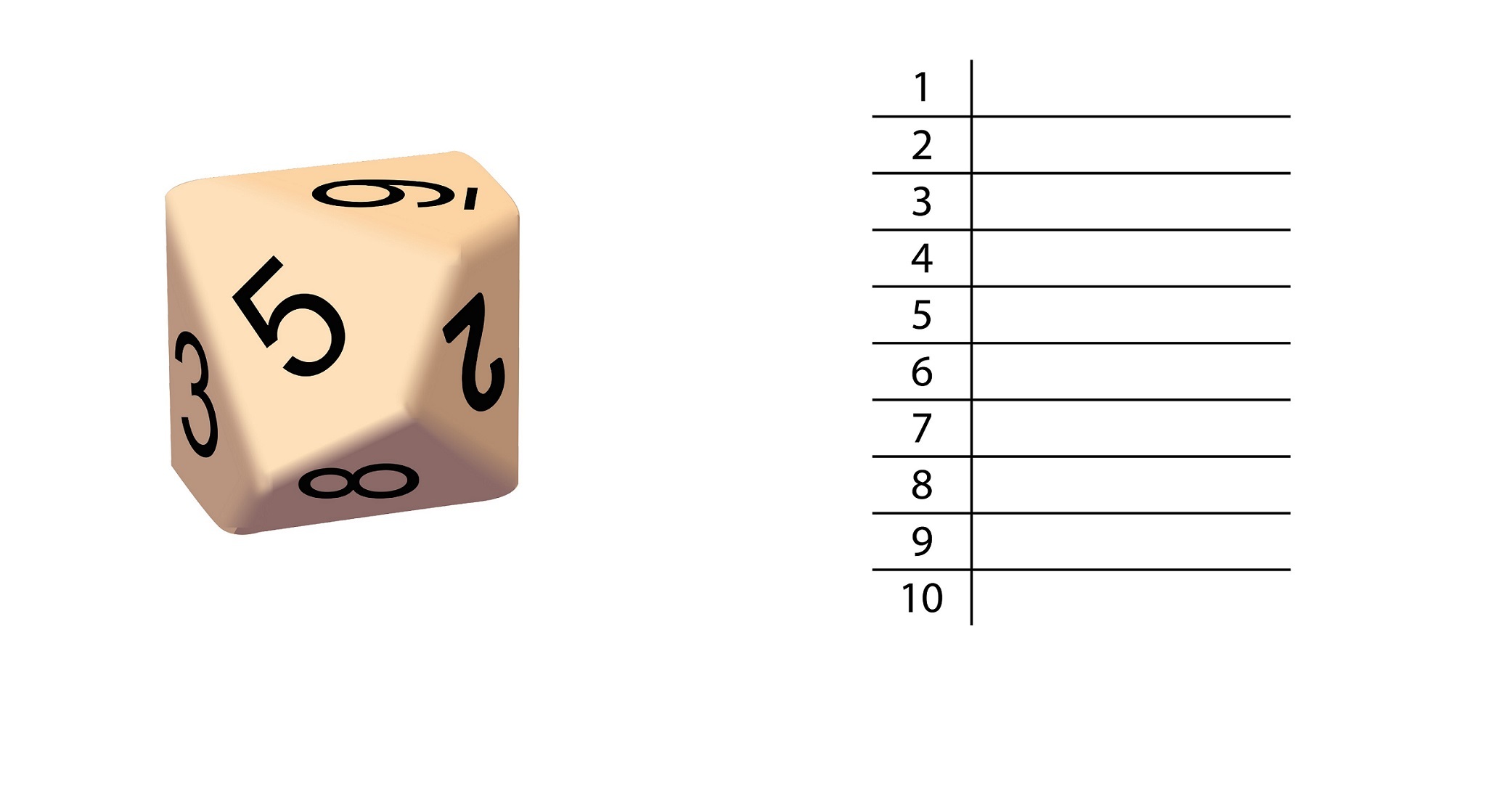
Have the children roll the die and write down each time someone gets a point. Do this ten times; get the most and you’ve won.
Place Value Game #5: Hula Hoops Place Value
Difficulty: Intermediate | Materials: Hula hoops, post-it notes (Year 1 to YEar 4
The following lower Key Stage 2 activity could be used as a Year 3 or Year 4 place value starter of the day, an active maths break, or a fantastic warm-up at the beginning of a PE session.
Split the class into teams of ten. Give each child a post-it note displaying the number they will represent.
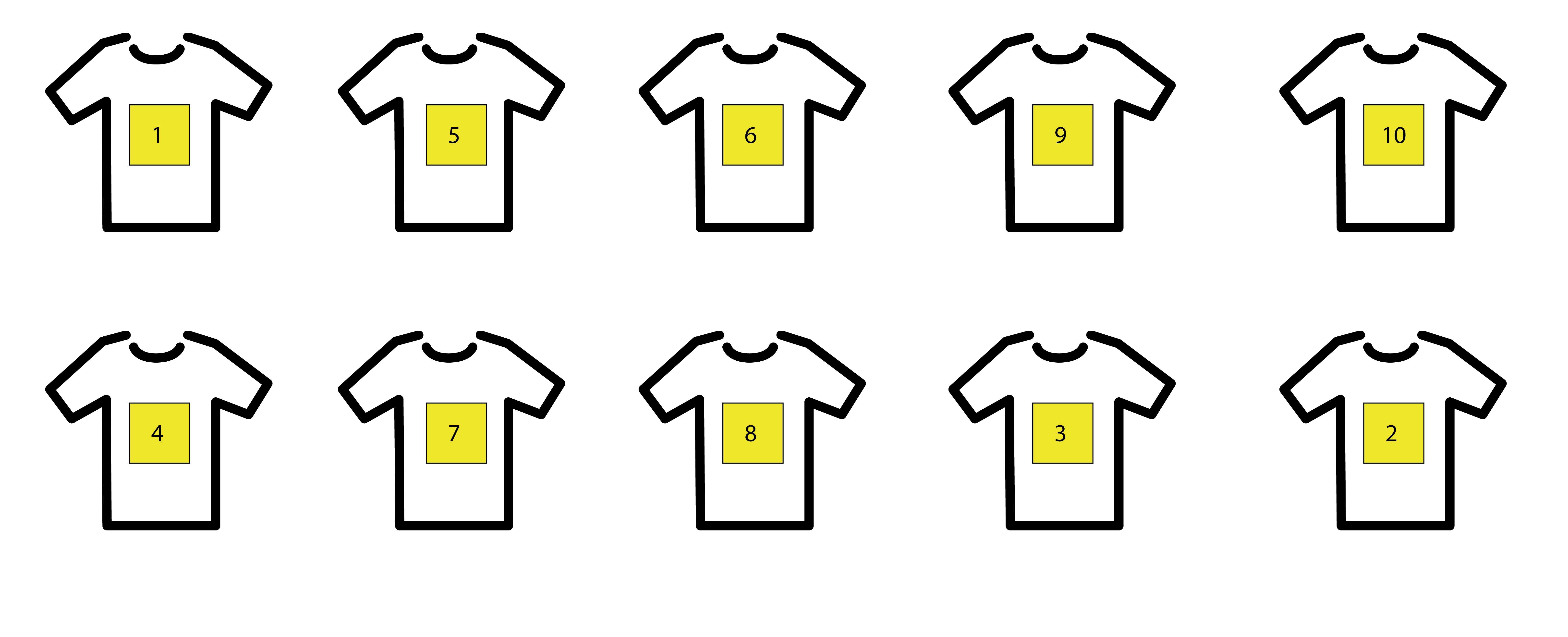
On each side of the classroom, PE hall or playground, set up three or four hula hoops for each team. Each hoop will represent a place value column: thousands, hundreds, tens and ones.
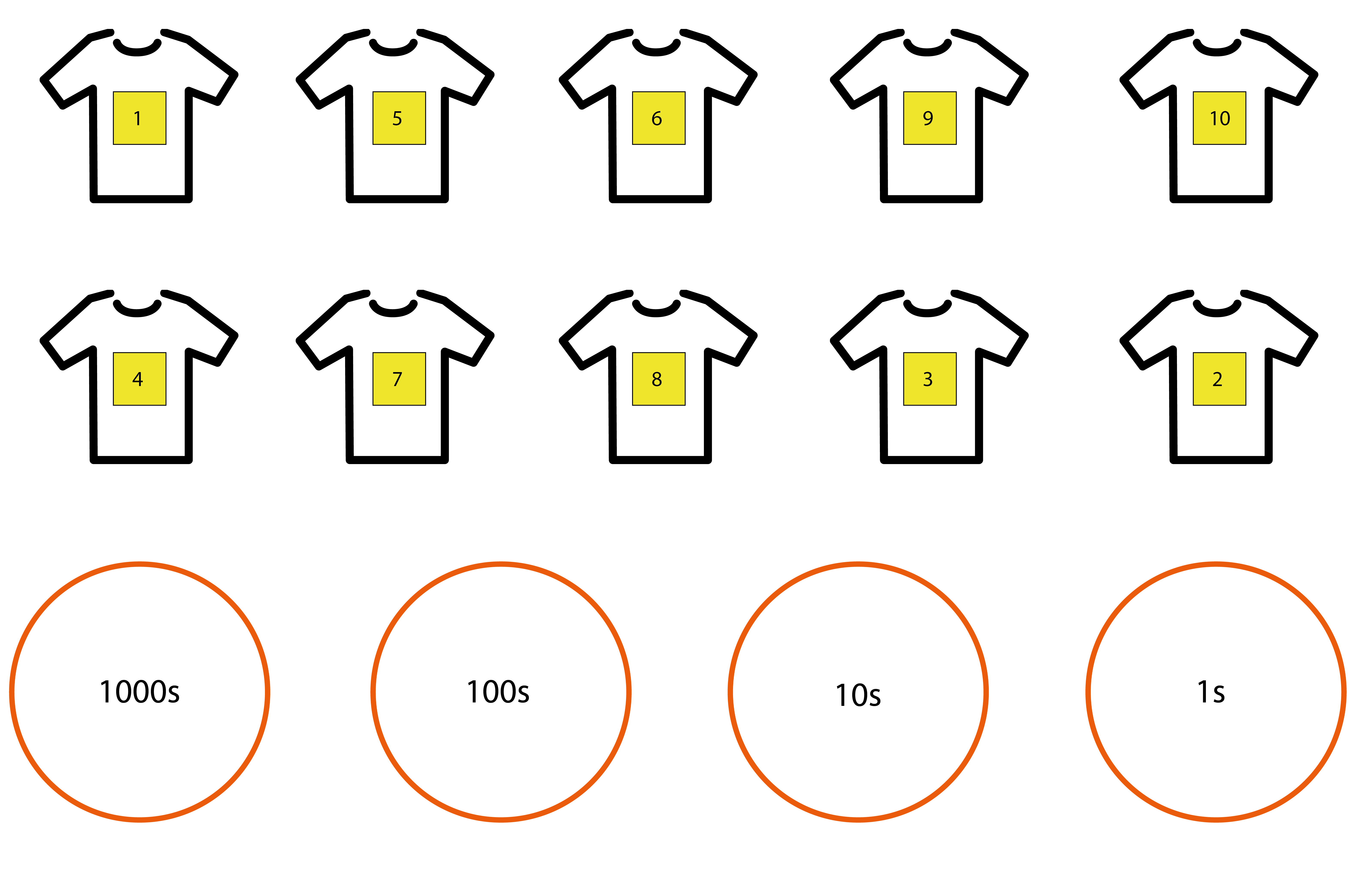
Give the children a spoken instruction. For example: Show me 359. The children then race to make the correct number (i.e. 359 in this case) quicker than the other team(s).
Extension place value activity with hula hoops
For an extra challenge, increase the hoops and complexity of the columns – both whole numbers and decimals. Once children are comfortable with three-digit numbers, you could introduce 4-digit numbers, for example.
For differentiation purposes, you could choose to use a more confident mathematician as a coach/captain, sat in place representing the decimal point.
This is the perfect place value game for Year 3, Year 2 or Year 1 pupils as everyone gets a chance to join in.
Place Value Game #6: Line-Up (Years 4 to 6)
Difficulty: Intermediate to Advanced | Materials: Post-it notes
Purely for organisational purposes, this place value ordering game is likely best for Year 4, 5 or 6.
For the next activity, we suggest starting by splitting teams into equal groups. The next thing to do is to stick a post-it note with a number on the back of each child.
The children will need to read the number that each of their teammates has on their back to the rest of their group, until everyone knows what is written on their post-it note. You could alternate between numerical representations and numbers written out in their worded form.
Then, it is a race as a team to organise themselves in a number line from smallest to largest, according to the numbers they have been assigned.
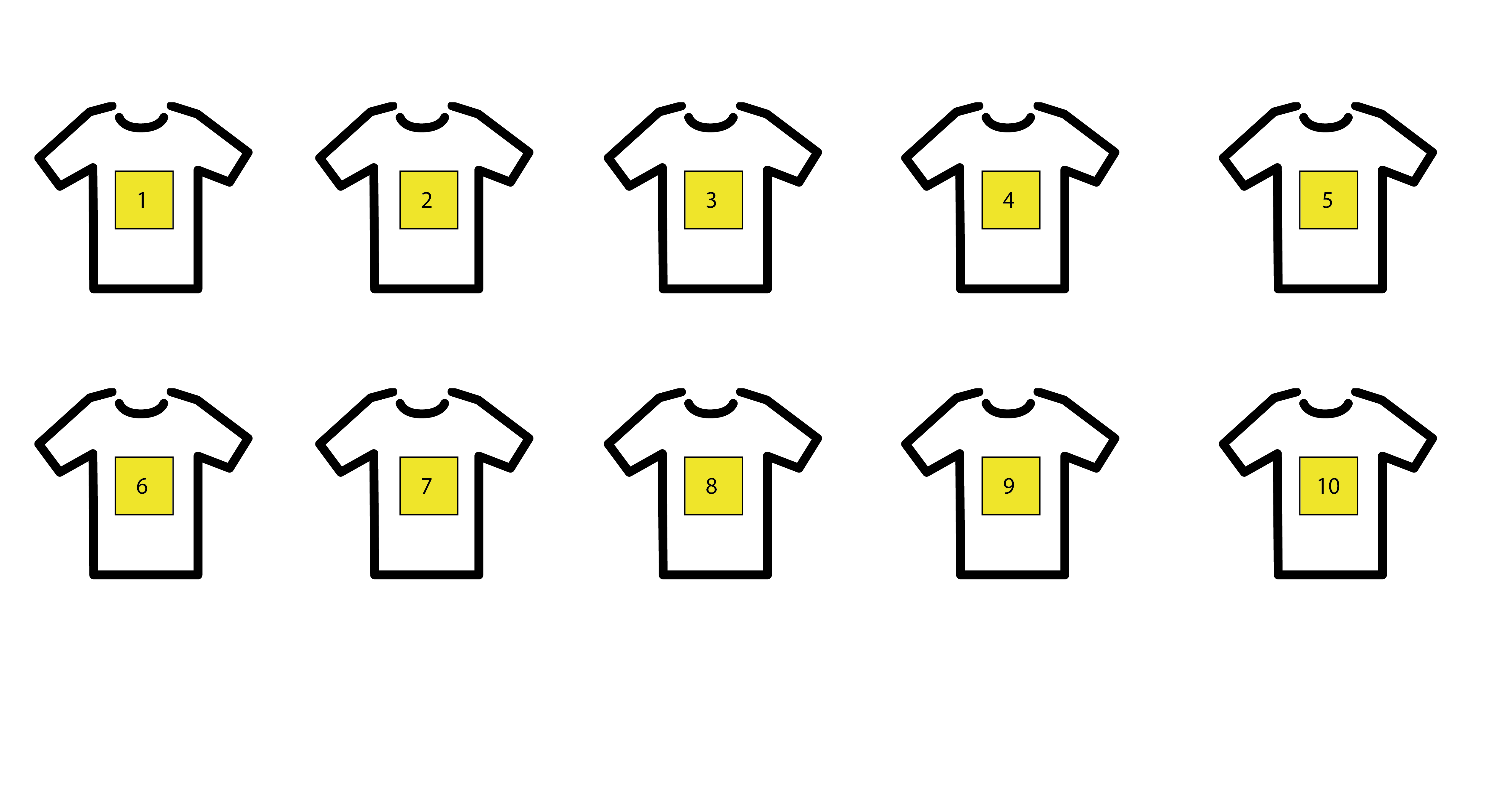
You can enlarge the teams or use more and larger numbers to add extra challenge. We love this idea for ordering, so expect to see variations of it cropping up in other blog posts!
Place Value Game #7: Passing Practice (Years 2 to 3)
Difficulty: Intermediate | Materials: Cones, ball
Best for Year 2 or 3, and especially good for the sort of stealthy outdoor maths activity you can sneak in as part of a PE or general outdoors session.
Using cones from the PE cupboard, set up two or more sets of three goals. Each goal will only need two cones – each cone being a goal post – and each goal will represent a place value column: ones, tens, hundreds…)
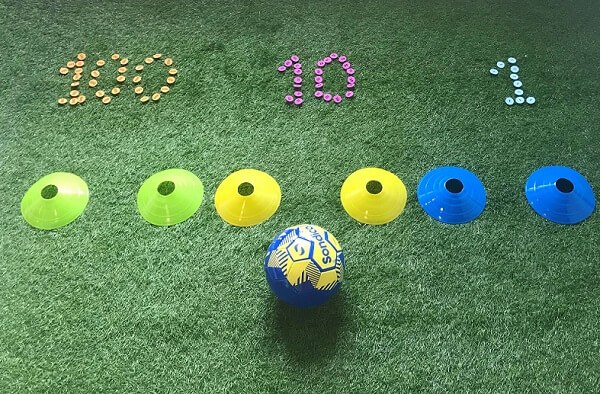
Now give each group or team a number to achieve. For example, if the given number is 385, they would need to pass the ball through the ones goal five times, then the tens goal eight times and, finally, the hundreds goal three times.
Again, the game could be easily turned into a competition by pitting teams against each other to add some pace. It is also very easily adaptable; 2-digit numbers could be used with less able pupils, 3-digit numbers with more able pupils and so on.
Place Value Game #8: Football Kit – Roman Numeral Swaps (Year 6)
Difficulty: Advanced | Materials: Printable templates
We’ve done the hard work for you on this Roman numerals place value game and created some templates for Year 6.
Take a look below for the football kit templates with shirt numbers in Roman Numeral format. (If you have a class with split footballing loyalties, there is always the option to get them to colour in the shirts in their favourite teams’ colours.) We’ve left a few empty shirts for you to use as you wish!
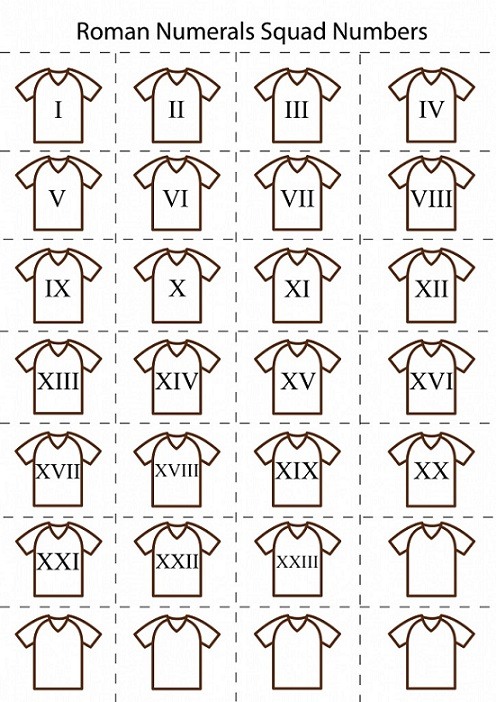
One child should be holding the Roman Numeral football kit cards, the other should have cards or pieces of paper with a member of their favourite football team’s squad on each card or piece of paper.
Here we’ve used a few favourites from an England squad to show how it could work.

The task here is for children to swap or match each Roman Numeral card with a player’s card with the corresponding squad number.
You could challenge pairs or groups of children to match their cards, then order them from smallest to largest the fastest! (You could extend the task by asking the children to sort them in other ways too: odds and evens; square numbers; prime numbers; cube numbers.)
Want more football maths activities? Take a look at our World Cup maths activities.
Place Value Game #9: Delightful Darts (Years 5 to 6)
Difficulty: Advanced | Materials: Magnetic dartboard
We recommend a magnetic dart board for this upper KS2 place value game; of course it works as well with real darts but they bring their own challenges.
The range of place value challenges you can set with a dart board – real or printable – are almost limitless. It’s also a great way to practise other number facts and mental maths strategies or when teaching times tables.
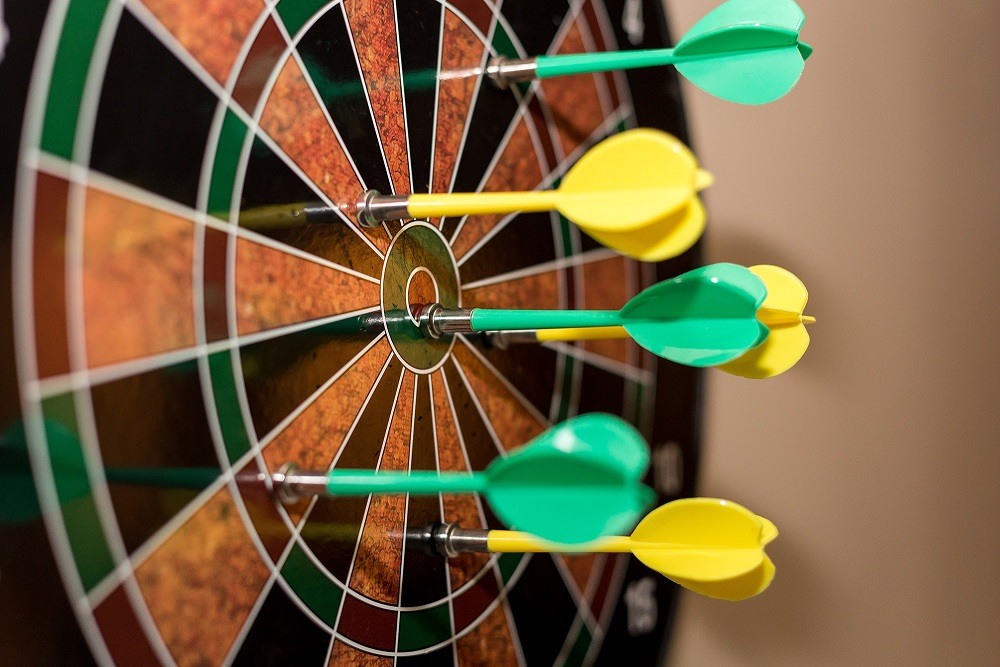
Here are some ideas:
- You could ask the children to work their way around the game board in either an ascending or descending order.
- You could set them individual challenges: your next dart must have an odd value; your next throw must have a single digit value; your next throw must stick in a two-digit value area; your next throw must end in a prime number value area or have the factors 4 and 8.
It’s also a great opportunity for the children to practice their mental addition skills, two and three times tables – they need to be able to multiply by three to hit the magic 180!
Place Value Game #10: Round the Dice (Year 2 to 6)
Another simple dice-based place value game about rounding numbers, this time tailored towards Year 2 and up! Children can roll the dice and record results as many times as you decide, but we recommend 5 or 10 rolls.
Pair off the class and provide each pair with their own pair of dice.
Children should roll the dice and see which two numbers land face up e.g. 3 and 5. From these two single digits, they can make two double digit numbers – in this case 35 and 53.
Have the children record their rolls, the resulting double digit numbers and what they round to, then have them roll again.
Some key questions:
- What numbers can you make?
- Will the two digit numbers round up or down?
- EXTENSION: Will any pair of double digit numbers ever round to the same multiple of ten (e.g. both round to 30). When does this happen?
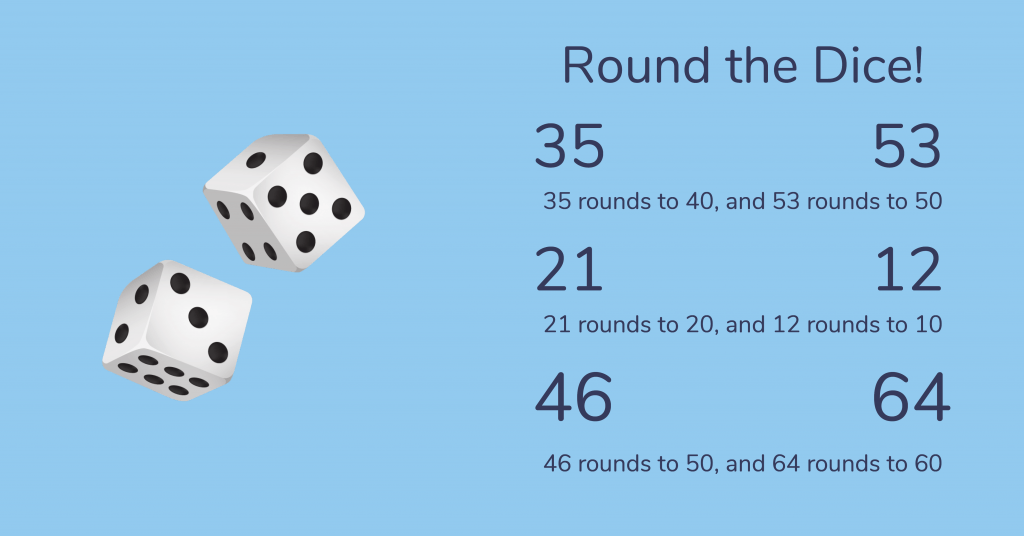
More place value games and activity ideas
All of these free place value games can be adapted to suit the ages and abilities of children in your class. By using them as a way into the subject, you’ll find your pupils will be better able to create links between abstract numbers and real world scenarios.
Place value confidence is a crucial step in helping children visualise number more clearly and partition mentally with greater success, as well as laying the foundations for improving mental maths strategies and increasing the speed of mental calculations.
It’s no surprise that our place value lessons are always the most popular starting point teachers choose for pupils receiving our online maths tuition and many of the primary maths strategies we use start with embedding this concept.
And for other interactive games take a look at the Third Space Learning YouTube channel
Read more
- The Best Multiplication Games To Play At KS1 & KS2 For Classroom Engagement
- How To Teach Place Value in Year 5 and 6 For Small Group KS2 Interventions
- The Best Place Value Grid Ever: Your Printable Place Value Chart For KS1 and KS2 (With Decimals!)
- Guide to Place Value Learning Objectives in the KS1 and KS2 National Curriculum
- For Year 5 and Year 6: 75 SATs style questions on Place Value, Fractions, Addition and Subtraction
- What is Place Value? Explained for Parents and Children
If you’re teaching place value to Year 3, Year 4, Year 5 or Year 6 this year, you’ll want to read this expert Guide To teaching place value at KS2 – it breaks down step by step the theory and practice of achieving mastery in this foundational concept.
DO YOU HAVE STUDENTS WHO NEED MORE SUPPORT IN MATHS?
Skye – our AI maths tutor built by teachers – gives students personalised one-to-one lessons that address learning gaps and build confidence.
Since 2013 we’ve taught over 2 million hours of maths lessons to more than 170,000 students to help them become fluent, able mathematicians.
Explore our AI maths tutoring or find out about a primary school maths tutor for your school.
